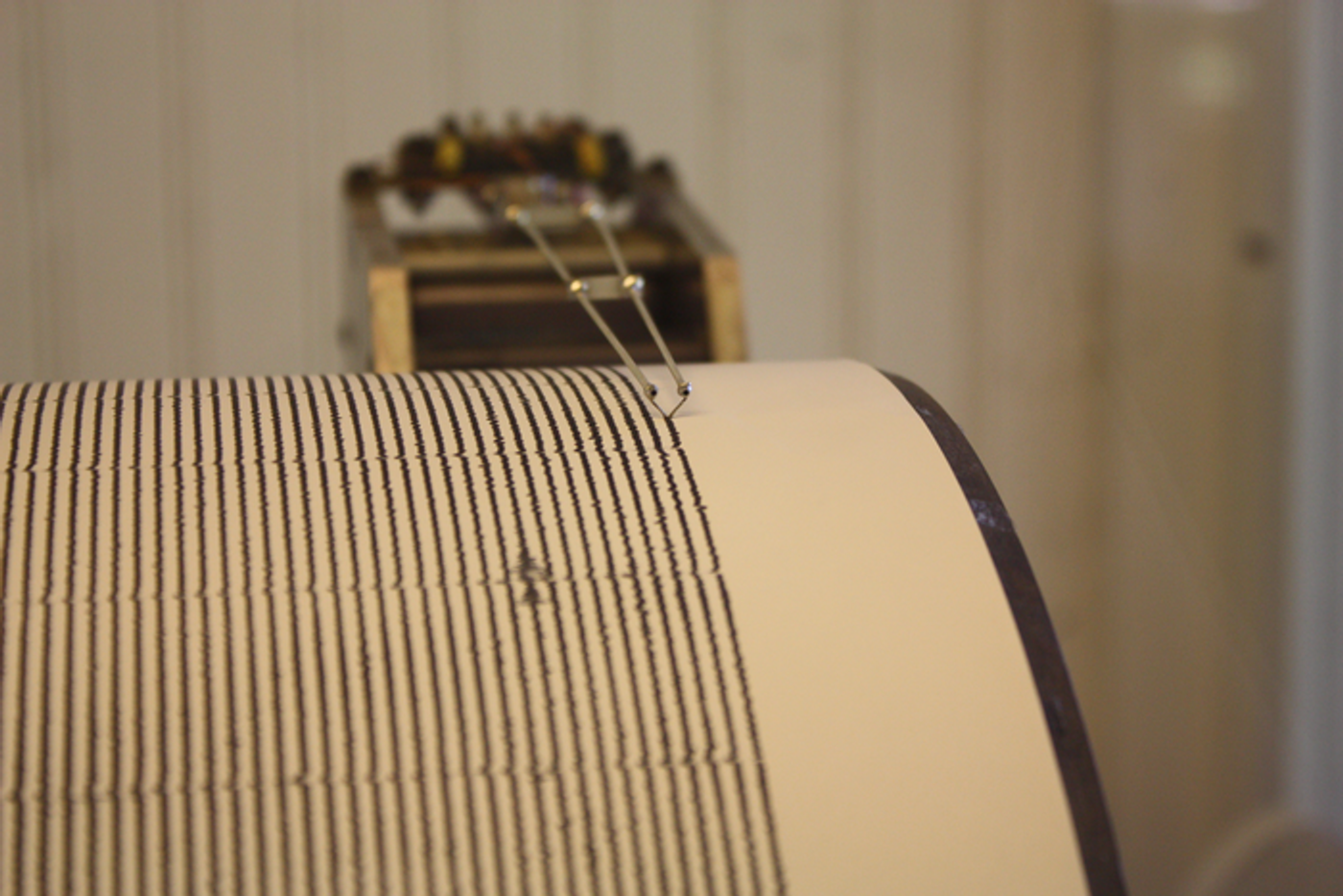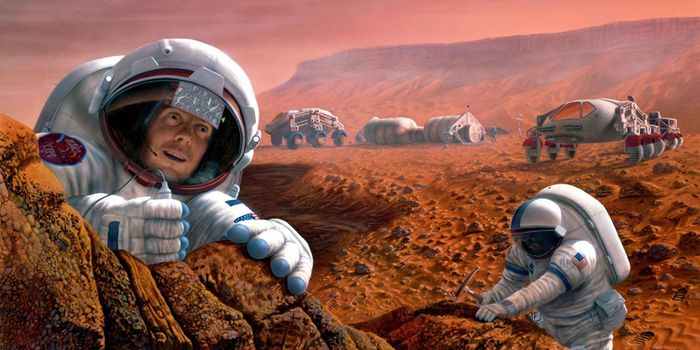Seismologists Study Fault Healing to Hopefully Predict Next Big Quake
A seismograph recording seismic activity near the San Andreas fault in California. New research from The University of Texas at Austin could help predict the world’s most powerful earthquakes in the future. (Credit: ray_explores/FlickR https://flickr.com/photos/raybouk/8201310617/)
Earthquakes are one of the most well-known natural disasters on Earth, and range in size from small tremors that might knock items off shelves to massive upheavals of land and rock that topple buildings and partially level cities. This is most clearly demonstrated by the recent quake in Turkey that has already killed over 40,000 people and left entire cities in ruins.
Predicting earthquakes could lead to saving thousands of lives, and that’s what an international team of researchers led by the University of Texas at Austin hope to achieve in a recent study where they examined a frictional phenomenon known as fault healing that could potentially help predict future earthquakes, specifically pertaining to when and how the violent movement of faults occur. While there are complex forces responsible for large earthquakes, this study could help scientists better understand the causes behind such large earthquakes.
“The same physics and logic should apply to all different kinds of faults around the world,” said Dr. Demian Saffer, who is the director of the University of Texas Institute for Geophysics at the Jackson School of Geosciences, and a co-author on the study. “With the right samples and field observations we can now start to make testable predictions about how big and how often large seismic slip events might occur on other major faults, like Cascadia in the Pacific Northwest.”
For the study, the researchers calculated a form of “slow motion” earthquake using a computer model and clay-rich rocks drilled from a half-mile beneath a previously studied fault off New Zealand’s coast. After submitting the rocks to a hydraulic press, the researchers input the data into computer models and found a slow-motion tremor would occur once every two years, which is almost an exact match with previous studies of this particular fault in New Zealand.
The team hypothesizes that earthquakes could be regulated by the clay-rich rocks since they were found to slip easily and also healed slower. This regulation allows faults to slip past one another, reducing the stress buildup along a fault line.
Dr. Demian Saffer (left, study co-author) and Dr. Laura Wallace (right, study co-author), examine drilled rock samples collected from about half a mile beneath the seafloor in a fault just off the coast of New Zealand during a 2018 scientific ocean drilling mission that they co-led. Laboratory tests have revealed that clay-rich rocks are regulating earthquakes on that fault by allowing harmless slipping the fault. (Credit: Tim Fulton, IODP JRSO)
“This doesn't get us any closer to actually predicting earthquakes, but it does tell us whether a fault is likely to slip silently with no earthquakes, or have large ground-shaking earthquakes,” said Dr. Saffer.
Dr. Harold Tobin, who is the director of the Pacific Northwest Seismic Network, said this study provides the framework to put sensors along the Cascadia fault in the Pacific Northwest, since this fault demonstrates small proof of shallow, slow-motion tremors.
“We want to zero in on the processes in the shallow part of the fault because that’s what governs the size of the tsunami,” said Dr. Tobin, who was not a researcher in the study. “Fault healing doesn’t explain everything, but it does give us a window into the working of subduction zone faults that we didn’t have before.”
Sources: BBC, Science, EurekAlert!
As always, keep doing science & keep looking up!










